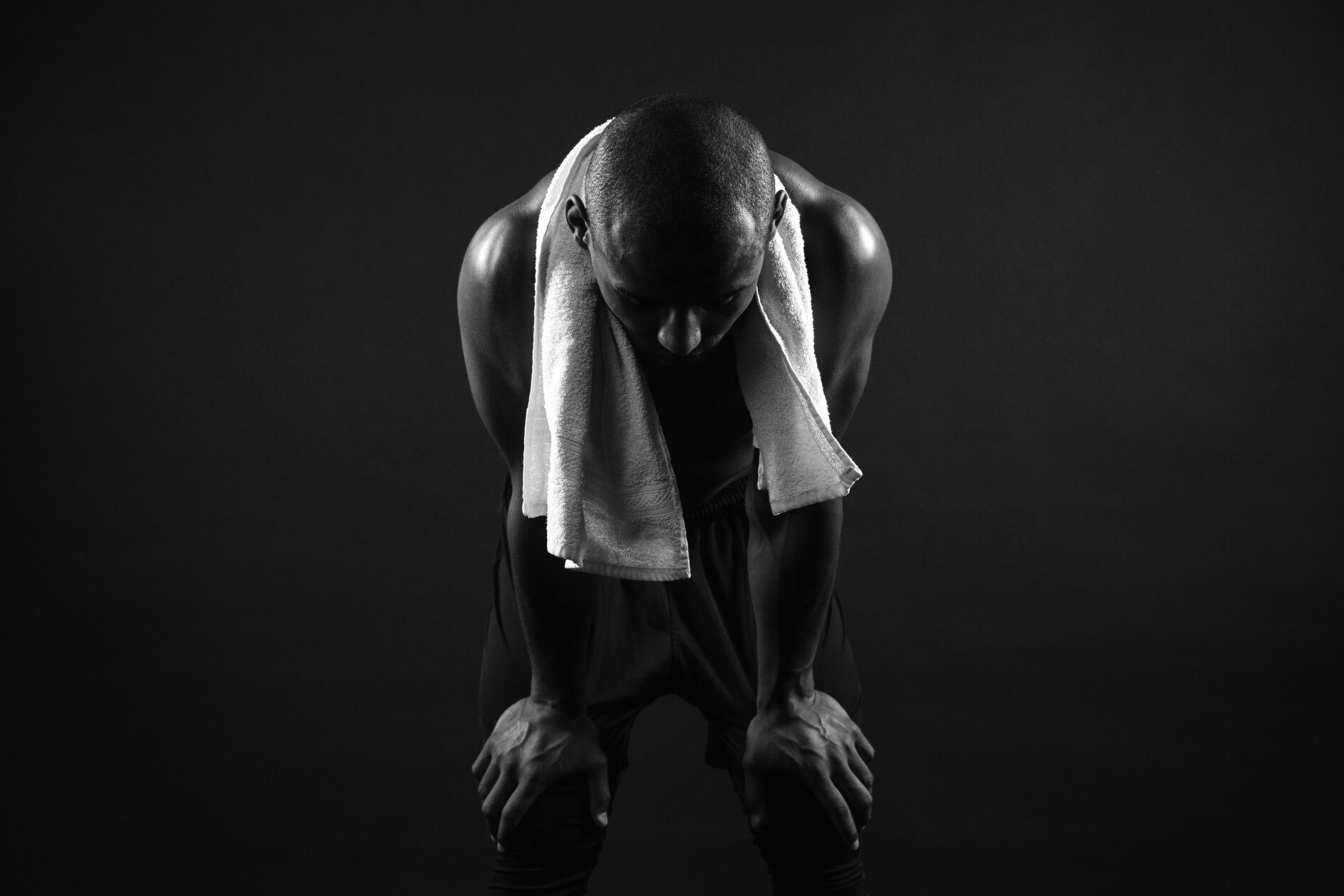
Sweat Volume test
What’s your Volume?
How To figure it out…
If you’ve got this far you already know… The Volume Test calculates the amount of fluid you loose per hour doing a particular exercise. Results vary with fitness level, sport and environmental factors. Thus as you approach a race, it maybe wise to do a new Volume Test mimicking the events temperature, course type etc to obtain the most accurate data and form the best hydration plan….
ITEMS YOU NEED
- Bathroom scale
- Calculator (on your phone is fine)
- Dry Towel
- Exercise Equipment (different sports garner different Sweat Rates so do this test doing the sport you need the results for!)
- Any Fluids you need (keep it simple- measure your bottles before- 500ml bottles portioned out make the math easy later!)
- Performance Testing LA PDF (download our .pdf here (PTLA Volume Test) to follow along and write down results to make it even easier)

TESTING PROTOCOL (6 Steps)
- Warm up for 10-15 minutes… the idea here is to get you sweating. If you skip this step and start your test from 0 you will skew your results.
- Urinate now if you need to… towel dry the sweat you have started (body and hair) and THEN measure your weight. Do this in the nude… clothes hold moisture and will offset the results. If possible it is best not to visit the bathroom again during the test… obviously if you need to go, go- but for accuracy it’s better if you can hold it.
- Perform the Activity you are testing for 1 hour… Avoid eating, you shouldn’t need to during just 1 hr of exercise. Keep track of what you drink ie: 1x 500ml bottle (ProTip: make it easy on yourself- keep the amounts whole numbers- if you start the 500ml bottle finish it before the end weigh in). Don’t try to set new records here- it should be done at the intensity you are collecting the data for (race pace?).
- Immediately towel off the sweat that is on your body, in your hair etc (do not urinate yet!) and measure your weight again. Now you can pee.
- Write down the total amount of external fluids you consumed/lost during the test… If you did go to the bathroom use the estimate of 200-300ml per bathroom event as a ballpark. ie Consumed: 500ml (1x bottle). Lost: 300ml (1x bathroom break).
- Write down the environmental factors of your test: Temperature/Humidity, Location/Elevation , Indoor/Outdoor etc… these factors effect the out come and will be useful to reference back later, to track progress, or to see which tests are relevant for an up and coming race/practice.
Now that you have your data you can perform the following calculations… or we can do it for you. Just bring your results (the .pdf) to your scheduled Sodium Test and we will walk you though it.
CALCULATIONS
A. Body Weight (pre‐exercise) _____ [lb/2.2 = kg]
B. Body Weight (post‐exercise) _____ [lb/2.2 = kg]
C. Change in Body Weight _____ grams [kg x 1000 = g]. (A-B)=C (be sure to convert kg to g as part of calculating C)
D. Volume of external fluid consumed/lost ie: +500ml (1 bottle) -300ml (bathroom)= +200ml… _____ mL [oz x 30 = mL]
E. Sweat Loss _____ mL [oz x 30 = mL] (C + D)= E
F. Exercise time 1 hour
G. Sweat Rate _____ [mL/hr]. (E/F)= G (To convert Sweat Rate (G) back into ounces: G/30 = oz)
The final number (G) is your Sweat Volume or Sweat Rate. The amount of fluid that YOU lose through sweat during 1 Hour of exercise (ml/hr or oz/hr).
PRO TIP: It is often impractical (and frankly unnecessary) to try and replace ALL of this sweat volume during an event. A good rule of thumb is to try and replace 70% (Gx0.7). ie: An athlete with a Sweat Rate of 1100ml/hr should try and replace 770ml per hr

Questions?
There are no silly questions call or txt us anytime. lets avoid you having to retest for osmthign silly.
